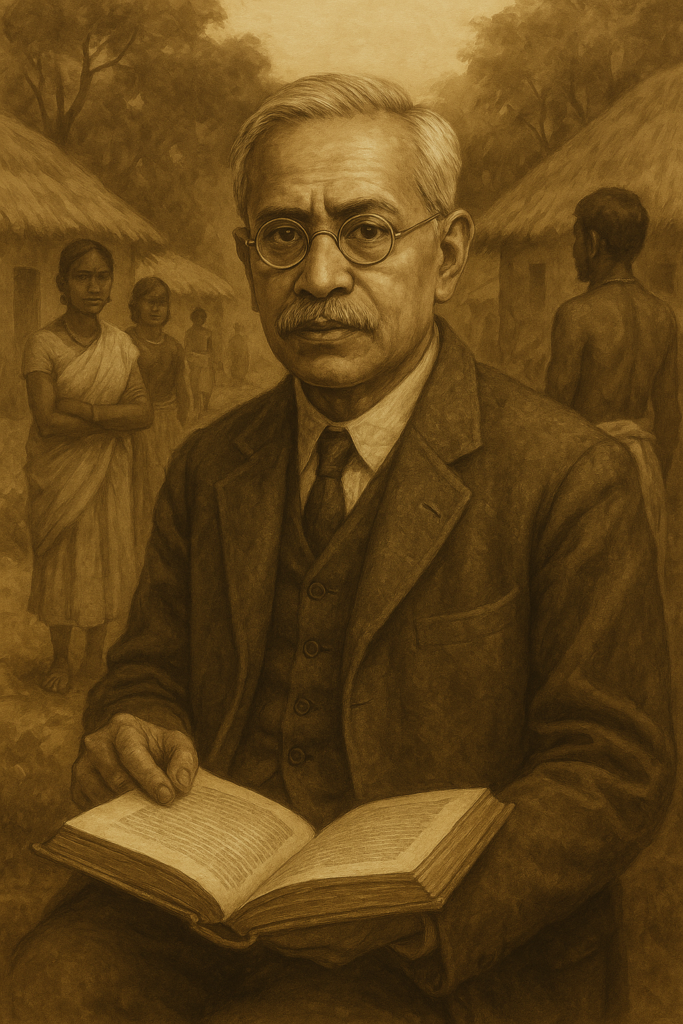At a time when colonial narratives dominated the understanding of Indian tribes and customs, one man chose to document, analyze, and preserve indigenous knowledge from an Indian perspective. Sarat Chandra Roy (1871–1942) is widely acknowledged as India’s first anthropologist, and his pioneering work continues to shape the discipline to this day.
A lawyer by training, Roy developed a deep interest in tribal communities while practicing in Ranchi. His close interaction with the Munda, Oraon, and other tribes of Chotanagpur led him to pursue detailed ethnographic studies. He produced groundbreaking works like “The Mundas and Their Country” (1912) and “The Oraons of Chota Nagpur” (1915), which provided authentic, scholarly, and empathetic accounts of tribal life.
Key Achievements of Sarat Chandra Roy:
- Founded ‘Man in India’ (1921): Asia’s first anthropological journal still in publication today.
- Recognized by British and Indian academia: Conferred multiple honorary degrees for his original contributions.
- Documented tribal customs, laws, and beliefs: His work remains a foundation for modern Indian anthropology.
- Bridged law and anthropology: Provided expert opinions in legal cases involving tribal communities.
- Paved the way for future Indian anthropologists: His methodology emphasized fieldwork, cultural respect, and linguistic depth.
Roy’s legacy continues in classrooms, research institutions, and tribal welfare policies. In an era of growing concern for indigenous rights and heritage, his life’s work reminds us of the importance of culturally sensitive scholarship.


